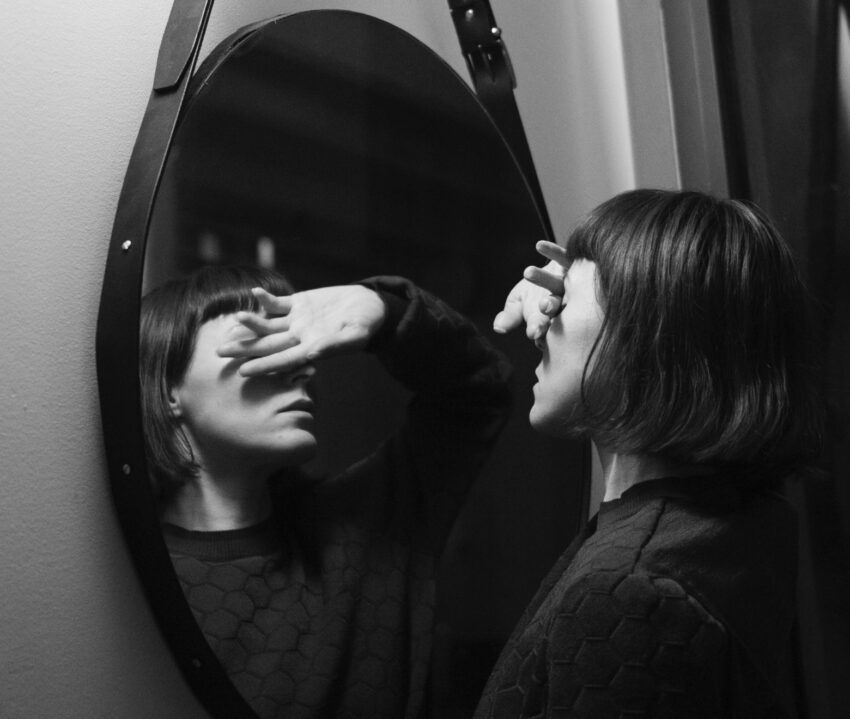In J.L. Moreno’s psychodrama, role reversal is a crucial technique used to promote empathy and understanding within the therapeutic process. It involves participants in a psychodrama session switching roles with each other, allowing them to experience the thoughts, emotions, and behaviors of the other person involved in a particular psychodrama scene. Role reversal serves several purposes, including gaining insight, building empathy, and fostering personal growth.
Zerka Moreno, a co-founder of psychodrama, is famous for, among other things, saying that “role reversal is the sine qua non”, or indispensable factor, of psychodrama. So what is role reversal?
As the name implies, role reversal means an exchange of roles, an exchange of positions; conceptually, role reversal means transcendence of self or self-component; in practice, role reversal is a gradual, cautious technique of outsight training.[i]
Simply stated, role reversal means taking or “playing” the role of another. In psychodrama when you “role reverse” you attempt to “become” another person. This can happen in many different ways depending on the needs of the individual and the needs of the group.
How to Use Role Reversal in Therapy
Here’s a detailed explanation of the concept of role reversal in psychodrama and its application in therapy:
- Concept of Role Reversal: Role reversal is based on the idea that stepping into someone else’s shoes can provide valuable insights into their perspective, feelings, and motivations. In a psychodrama, there are different roles, such as the protagonist (the person exploring an issue or conflict) and the auxiliary egos (individuals playing supporting roles). During role reversal, participants temporarily exchange roles, allowing them to experience the emotions and internal world of the character they are portraying.
- Application in Psychodrama Therapy: a. Building Empathy: Role reversal encourages participants to see the situation from multiple angles. By embodying different roles, individuals can gain a deeper understanding of the other person’s feelings and challenges. This enhanced empathy can lead to improved communication and connection between participants.
Effect of Role Reversal
Gaining Insight: Stepping into someone else’s role provides participants with a fresh perspective on their own issues. It helps them identify patterns, biases, or blind spots in their thinking and behavior. This insight is essential for personal growth and making positive changes
Emotional Release: Role reversal can trigger strong emotions, as participants connect with the experiences of the character they are playing. This emotional release can be cathartic and therapeutic, enabling individuals to process unresolved feelings related to their own issues.
Encouraging Flexibility: Role reversal allows participants to experiment with alternative behaviors and responses. This fosters flexibility and adaptability in dealing with challenging situations in their real lives.
Correcting Distorted Perceptions: Sometimes, people have distorted or negative perceptions of others. Role reversal can challenge these misconceptions by giving participants a more accurate understanding of the other person’s thoughts and feelings.
Things for Psychodrama Director to Consider When Role Reversing
Early on in the group work, simple role-reversals may be encouraged by the psychodrama director as a way of “warming up” a group to each other or to a particular issue. A person may role reverse with another person who may or may not be present, with an object of significance, with a feeling, a part of the body or with an animal. Role reversal is limited only by the needs of the individual and group and the imagination of the participants.
One specific type of role-reversal takes place during an encounter. According to Moreno, encounter is a meeting whereby both persons begin to become known to each other through the reciprocal process of role reversal.[ii] Encounters can be used to resolve conflict within a group or so that participants can gain a greater understanding of another person.
As a process, role reversal usually includes (1) the simulation of a person’s appearance, “body language,” facial expressions and movements; (2) repetition of the words spoken using the same approximate rhythm and intonations; (3) attempting to incorporate the other’s feelings into your own experience.
The process of role-reversal is also used to help a person gain insight to themselves or another, to deepen their emotional experience, to cool down a person’s emotional process, or to help a person who is the focus of the psychodrama (called the protagonist) get “unstuck.”
Conclusion
In conclusion, role reversal is a powerful technique in J.L. Moreno’s psychodrama, enabling participants to gain empathy, insight, and personal growth. By temporarily stepping into each other’s roles, individuals can better understand the perspectives and emotions of others, leading to more profound healing and transformation within the therapeutic process.
References
[i] Hale, Conducting Clinical Socometric Explorations; A Manual for Psychodramatists and Sociometrists, First Workbook Edition, pg. 93 (1985), internal citations omitted.
[ii] Id.

